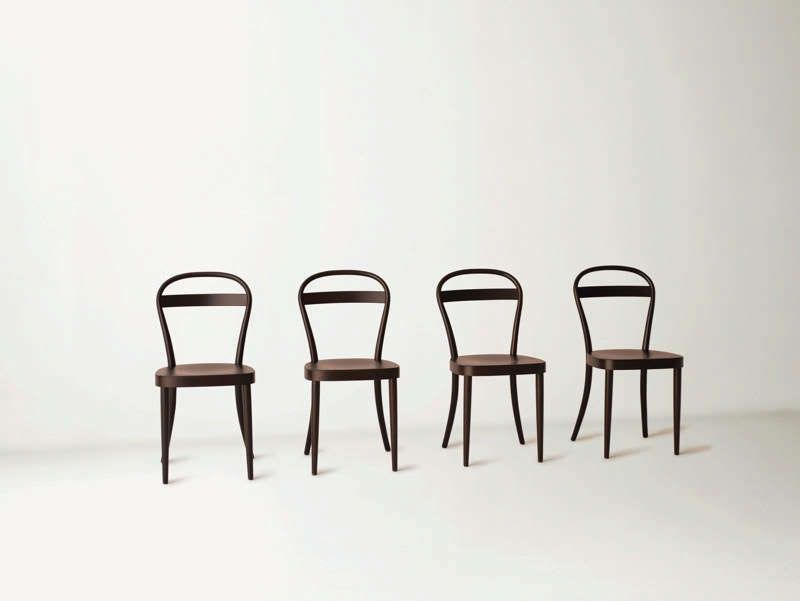
"For many art-world habitués today, collectivism signals little more than a group of people working together collaboratively, sacrificing the individual autonomy of the one for the project of the many and gesturing vaguely toward numerous aesthetic practices of the 1960s. Useful though this definition might be as a descriptive shorthand, it masks something of the complex historical relationship between the individual subject and the collective – their mutual imbrication within one another – not to mention the extent to which subject formation is necessarily a function of collective identification. Indeed nineteenth-century debates on the collective are inseparable from the political constitution of liberal subjects, and identity politics de facto stress identification with a group. By extension, the practice of pseudo-collectivism in the age of bio-politics wreaks havoc on our assumptions about the subject thought to stand behind it. Shadow "organizations" such as the Center for Land Use Interpretation (CLUI) or the Atlas Group (in effect, the artist Walid Raad) 'appear' to take on the mantle of the collaborative efforts of the past. In their address to contemporary phenomena, they
appear to tap into a much longer tradition of collectivism with a decisively political pedigree. At the same time, in presenting their work under the banner of a monolithic rubric, they also renounce the terms of singular authorial subjectivity. In doing so, they offer inadvertently canny insights into the status of the political subject, its identification as either enemy or friend."
– Pamela Lee
My Enemy/My Friend












